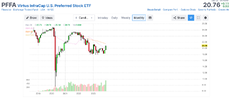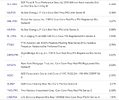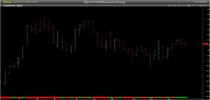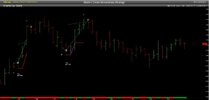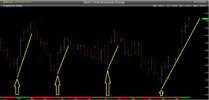- Joined
- 13 February 2006
- Posts
- 5,286
- Reactions
- 12,185
End of year - Investment Update
1. As the weeks and months go by, I expect the value of my investments to fluctuate. While market shifts and unforeseen events may pose challenges, dividends and franking credits should remain somewhat steady even in times of market uncertainty.
2. Ultimately, my investment strategy is designed to withstand market volatility and capitalise on the long-term growth potential of my portfolio. By adopting a patient, hands-off approach, I'm confident that my investments will continue to generate a sustainable and liveable income stream, helping me achieve my financial goals.
Skate.
1. Why should the dividends remain steady in market uncertainty?
2. How is your investment strategy designed to withstand market volatility?
My understanding is that a straight buy and hold is subject to market fluctuations. In other words it cannot withstand market volatility. A covered call strategy could offset some volatility, but it carries its own issues. Dollar cost averaging is a pretty decent strategy with a fundamental bias, but that does not seem to be the strategy here.
jog on
duc


